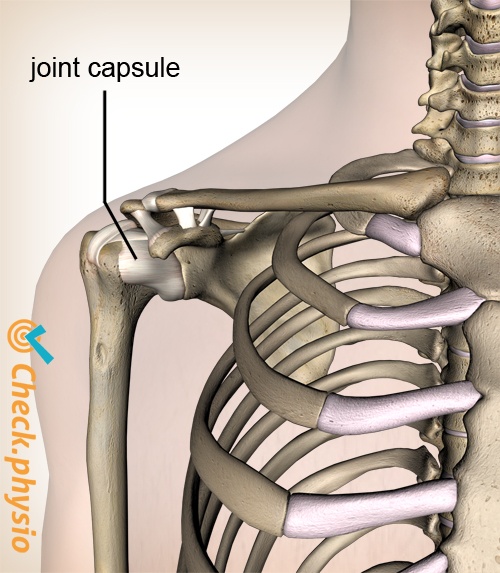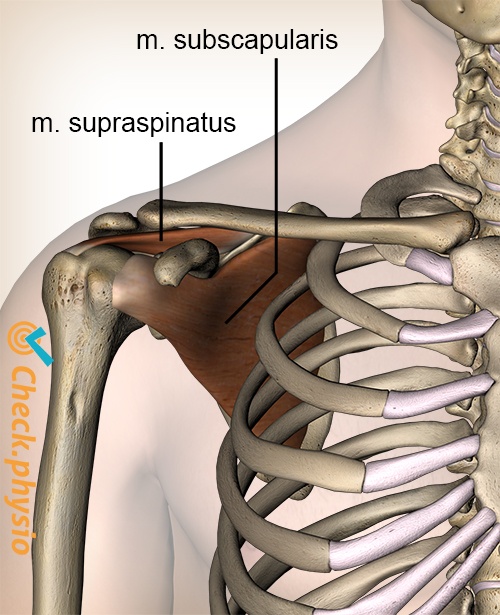- Conditions
- Shoulder instability
Shoulder instability
Introduction
Shoulder instability means that the structures in and around the shoulder are unable to maintain the position of the head of the upper arm bone (humerus) in the socket correctly. Particularly during full extension movements, the ball threatens to dislocate from the socket, and this is accompanied by significant symptoms.
People with hypermobility and athletes involved in overhead sports are at increased risk of developing instability symptoms in the shoulder.

Description of condition
The shoulder is a very mobile joint. The humeral head is very big compared to the small socket in which it rests. As a result, it is very important that the surrounding tissues maintain the ball in the socket correctly. If this does not happen, we have the risk of shoulder dislocation.
The upper arm is attached to the socket of the shoulder blade by capsules and ligaments. Together, they provide passive stability. The labrum also contributes to this. This is the ring of bony cartilage located around the edge of the socket.
The rotator cuff muscles play an important role in the active stability of the shoulder. They maintain the head of the humerus firmly in the shoulder socket. Poorly functioning rotator cuff muscles allow too much movement in the joint, making for easier dislocation of the joint.
The result of poorly functioning rotator cuff muscles is that the joint capsule, the ligaments and the labrum have to absorb the force of fully extended movements. If these movements are too forceful or occur too often, then these tissues can become damaged.
Cause and history
Shoulder instability can develop gradually or at one time as the result of an accident or injury.
If the symptoms develop gradually, the cause is often a sport or activity involving a lot of (explosive) overhead movements. The frequent fully extended movements of overhead throwing in tennis or volleyball, and swimming can damage the capsules and ligaments in the shoulder.
A traumatic cause of the symptoms results in (sub)luxation of the shoulder following an accident or fall. The shoulder dislocates partially or completely. This is referred to as acute shoulder luxation. Luxation can damage the capsules, ligaments and the labrum.
Signs & symptoms
Instability of the shoulder is characterized by pain when raising or during outward rotation of the upper arm. The patient experiences a feeling of instability in the shoulder joint, particularly with fully extended movements.
Diagnosis
The diagnosis is made based on an interview and physical examination. This often reveals that instability is present. Sometimes it is necessary to perform additional tests, such as an MRI scan, to determine the cause of the instability, especially in the case of a labrum injury.
Treatment and recovery
Training of the rotator cuff muscles usually has a favorable effect on the stability of the shoulder joint.
Exercises
Take a look here at the online exercise program with exercises for shoulder instability.
More info
You can check your symptoms using the online physiotherapy check or make an appointment with a physiotherapy practice in your locality.
References
Nugteren, K. van & Winkel, D. (2007) Onderzoek en behandeling van de schouder Houten: Bohn Stafleu van Loghum.

